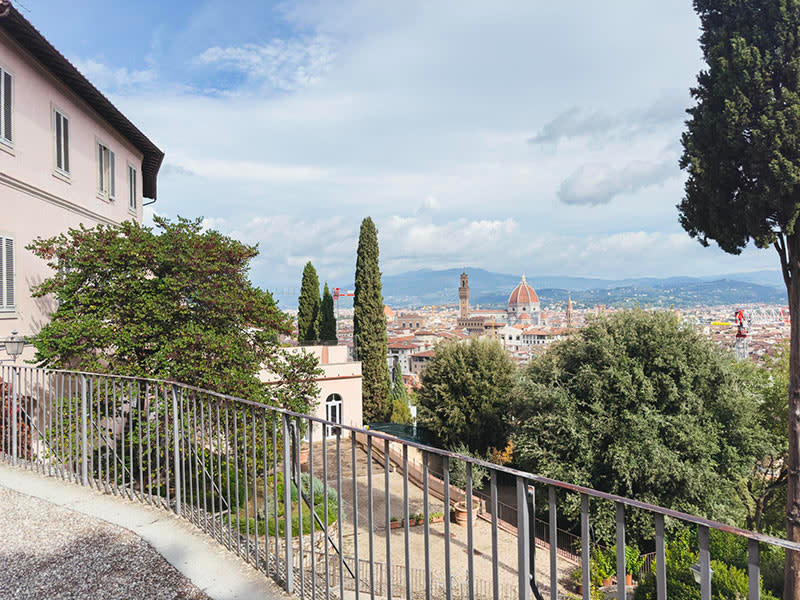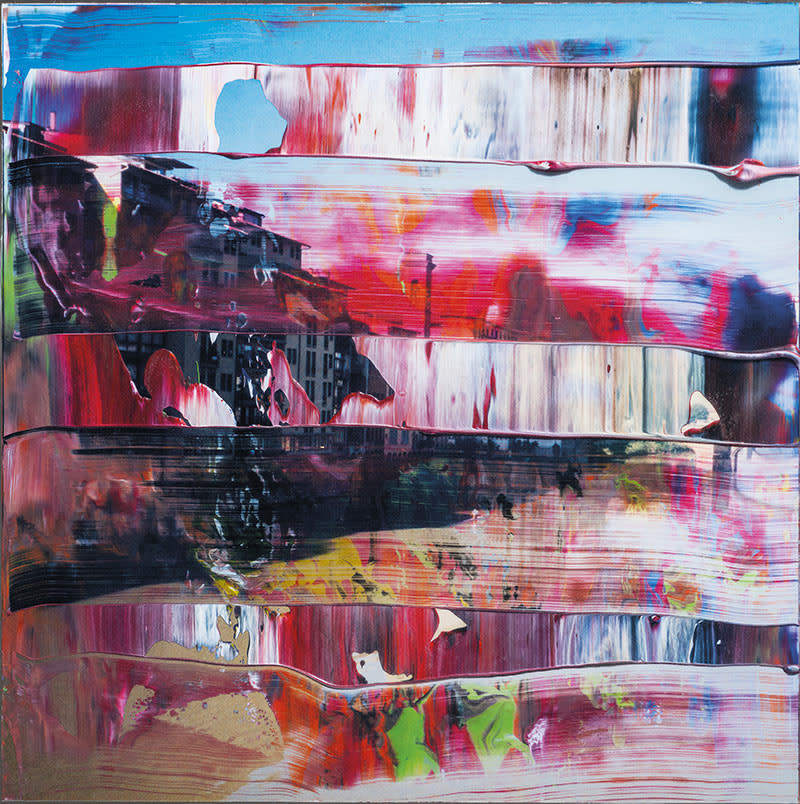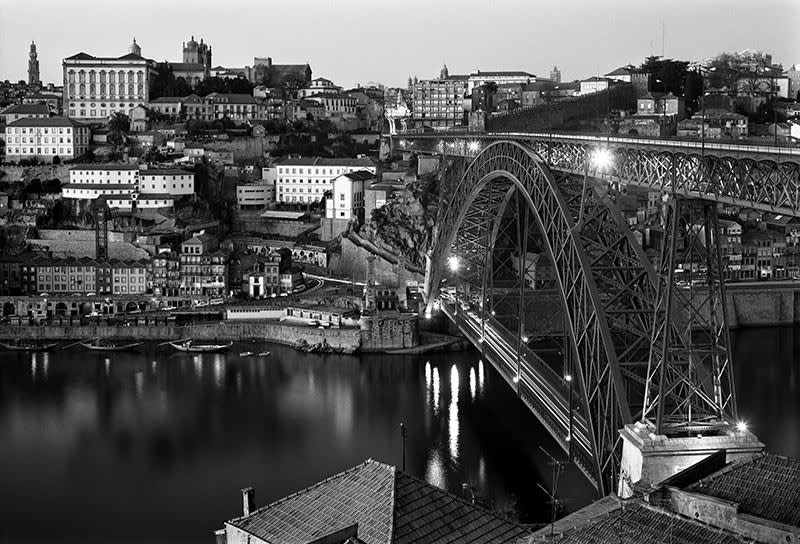History and curiosities of Villa Bardini
Let's discover together the museum with the most beautiful view of Florence and its exhibitions
The original Villa Manadora, or Villa Belvedere because of its exceptional location, in Costa San Giorgio was built on a medieval layout by Gherardo Salvadori for Francesco Manadori in 1641. In its aristocratic isolation on the hillside, the villa appears accurately described in Veduta della città di Firenze dal muricciolo del prato dei padri di San Francesco al Monte by Valerio Spada and dated to the mid-17th century.
 Valerio Spada, Veduta della città di Firenze dal muricciolo del prato de’ padri di S.Francesco al Monte, con dedica a leopoldo de- medici, 1650 ca. 00 C casa manadori
Valerio Spada, Veduta della città di Firenze dal muricciolo del prato de’ padri di S.Francesco al Monte, con dedica a leopoldo de- medici, 1650 ca. 00 C casa manadoriLater owned by the Cambiagi and then, in the early 19th century, by Luigi Le Blanc and his son Giacomo, it was united in 1839 with the other Mozzi properties and then passed to the Carolath von Beuthen (1880) and to Stefano Bardini who, shortly after 1913, raised it by one floor. Upon Stefano's death, the property passed to his son Ugo.
After years of neglect and degradation thanks to the efforts of Fondazione Cr Firenze, the villa was reopened to the public in 2007, with a space for temporary exhibitions on the ground floor. During 2007 and 2008 the Capucci Museum and the Annigoni Museum a restaurant and a space for contemporary art exhibitions were also opened. Today the Villa hosts temporary exhibitions of photography and modern art on a regular basis.
 Giardino di Villa Bardini
Giardino di Villa BardiniThe 'garden of the three gardens,' as defined by Stefano Bardini, with the English woodland, the Baroque staircase and the agricultural park, stands as an eclectic stratigraphy of uses and tastes, of fashions and uses (find out everything you don't know about the Bardini Garden and the beautiful wisteria bloom here). About two hundred pieces among the statues and vases surveyed that, with the small architecture, fountains and stone furnishings in the garden, have been restored and are admirable today.
Not to be missed nearby, also in the Oltrarno district, with entrance at Via de' Renai 37 and exit at Piazza de' Mozzi 1, is the Bardini Museum, which houses works by the famous antiquarian Stefano Bardini.
The exhibition OltreCittà
Until January 19, Villa Bardini hosts the unprecedented exhibition OltreCittà. Utopie e realtà (Beyond the City. Utopias and Realities). From Le Corbusier to Gerhard Richter: the city is the protagonist of an intense journey never before attempted with such a wide variety of artistic representations, telling stories of desired urban centers, metropolises, and human landscapes imagined by artists of the 20th and 21st centuries. It is a reflection on the macro-theme of cities that does not propose an ideal or futuristic vision of urban centers but instead offers a broad space for them to still be conceived on a human scale. The exhibition, curated by Lucia Fiaschi, Bruno Corà, Silvia Mantovani, and Claudia Bucelli, features Gerhard Richter’s work Firenze III/XII for the first time in an exhibition. This piece conveys the idea of the movement and dynamism of a city—Florence—that dematerializes before our eyes, as if seen from the window of a train, transforming into something else.
 Gerhard Richter Firenze (III/XII) (ubermalte Photographien), 2000 (Collezione Serena e Paolo Gori, Prato)
Gerhard Richter Firenze (III/XII) (ubermalte Photographien), 2000 (Collezione Serena e Paolo Gori, Prato)Painting is accompanied by sculpture, architecture, and photography. Among the sculptors is American artist Sol LeWitt, a representative of Minimal Art, known for creating three-dimensional structures based on a strict logical system of conceptual procedure. The exhibition features one of his Irregular Towers in the Elements of the City section. Also on display is Michelangelo Pistoletto's Third Paradise, an aluminum piece with utopian echoes, featured in a section introduced by a text by Oscar Wilde. This is complemented by Partition (1973) by Dani Karavan, and Alberto Burri’s Cretto Bianco, who is also represented with the model for the Cretto di Gibellina.
 Gabriele Basilico Porto, dalla serie Porti di mare, 2008 (Fondazione Modena Arti Visive, Modena)
Gabriele Basilico Porto, dalla serie Porti di mare, 2008 (Fondazione Modena Arti Visive, Modena)















